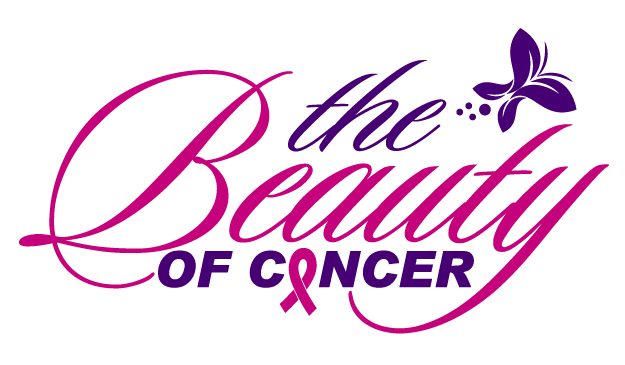Who would have ever thought that my favorite body part would be the part of my body that would try to kill me? My size 38C/D cup breasts were my prize possession. They were plump, more than a mouthful had great cleavage and they contained my G spot. Okay, maybe that was too much information. But now you understand how important they were to me. I treated them well. Only the best bras would do. I supported them with satin, lace, and underwire. So why on earth did they turn against me?
Unfortunately, I had no control. My breast cancer came from a genetic mutation. I carry a Bard 1 mutation, which puts me at an increased risk of developing breast cancer. Unfortunately, most of us do not know why we develop breast cancer. So here is a list of things that can increase your risk of developing breast cancer and possibly give you some insight as to why you or your loved one developed breast cancer.
RELATED TOPIC: 5 Ways to Reduce Your Risk of Getting Cancer
Things I Can’t Change
- Genetic Factors – Five to 10% of breast cancer are hereditary. They grow as a result of a gene defect or mutation that is inherited from a parent.
- Gender – Just the fact of being a woman increases your risk. Men get breast cancer too, but it is 100 times more common in women.
- Age – The risk of getting breast cancer increases as you get older. Breast cancer is found in 1 of 8 women under the age of 45 and in 2 of 3 women over the age of 55.
- Family History – Having one first degree relative (a mother, sister or daughter) with breast cancer doubles a person’s risk of developing breast cancer. And having two first-degree relatives with cancer increases the risk threefold. Having a father or brother with breast cancer also increases the risk.
- Race and Ethnicity – Caucasian women in general, are more likely to develop breast cancer. But in women under the age of 45, African American women are more likely to develop breast cancer.
- Previous Chest Radiation – Women who, as children or young adults, had radiation to the chest area have an increased risk.
- Dense Breast Tissue – Women with dense breast tissue on mammography are 1.2 to 2 times more likely to develop breast cancer than women with average breast density. This may be because breast cancers are harder to detect on mammography in dense breast tissue.
- Benign Breast Disease – such as atypical ductal hyperplasia and atypical lobular hyperplasia increases your risk 3 ½ to 5 times
Things I can change
- Being Overweight – being obese or overweight after menopause increases your risk.
- Children – Women who have never been pregnant or who have birthed their first child after the age of 30 are at slightly increased risk.
- Menstrual Cycles – Women who started menstruation early (before the age of 12) and/or when into menopause late (after age 55) is at an increased risk.
- Drinking Alcohol – Women who drink 2 to 5 drinks per day, have 1 ½ times the risk of women who don’t drink.

Don’t let your boobs betray you. Know your risk. Change those things that you have control over and get your mammograms. Your doctor may suggest other things if you fall into a high-risk category.
![]() : Doing things to reduce your risk will make your look and feel better too.
: Doing things to reduce your risk will make your look and feel better too.



